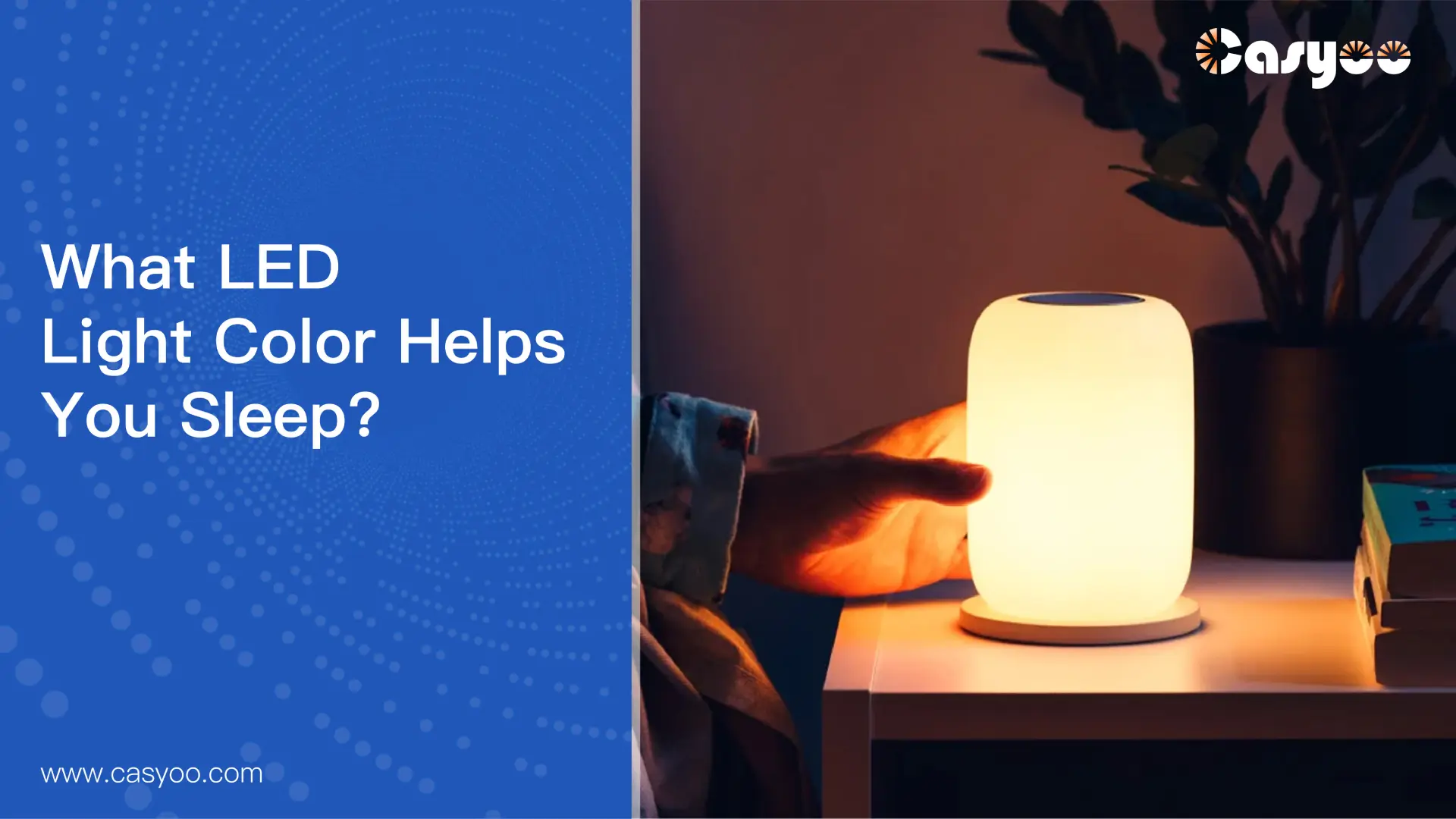We frequently came across words telling us not to be around bright colors soon before bed. Indeed, some colors of light aid in sleep. This is due to the fact that the melatonin hormone plays a vital role in our body’s sleep cycle. So how does light impact our sleep, and what LED light color can help you sleep?
How Does Light Affect Sleep?
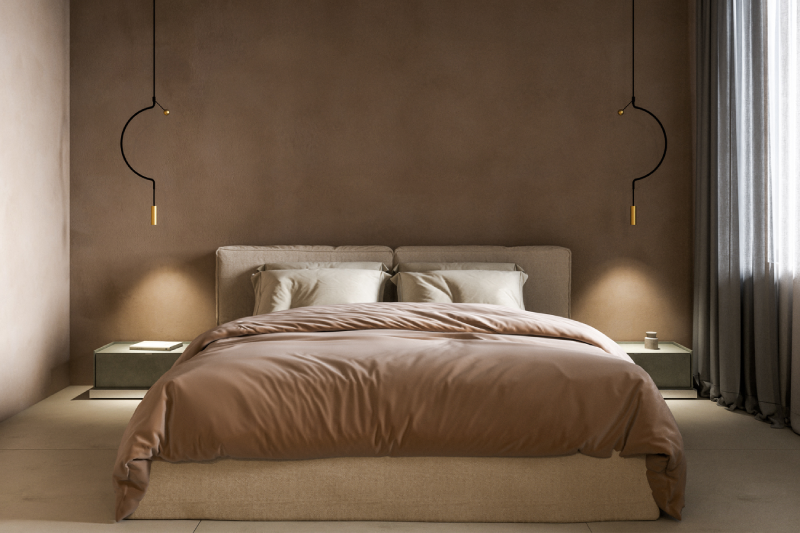
Light greatly influences the circadian rhythm, which is the biological clock to controls when we need to sleep. This clock runs on a 24-hour cycle. The body knows when to wake up when it’s bright outside, and it prepares for sleep when it’s dark.
The body receives its cue to wake and sleep from the rhythm of the sunrise and sunset. Specifically, a setting sun’s warm light may aid indicate when it’s time to sleep. Artificial lights are often used after sunset, which disrupts the circadian rhythm and leads to sleep disorders like insomnia.
The natural hormone that promotes sleep, melatonin, is similarly influenced by light. In reaction to darkness, the brain’s pineal gland releases melatonin. However, some forms of light such as blue light, can inhibit the production of melatonin.
What LED Light Color Is Bad for Sleep?
Cool-colored LED light colors will make it hard for the body to fall asleep, in contrast to warm colors that might aid in sleep. Cool light may keep you awake at night since it promotes focus and attentiveness.
Blue light
Blue night light is bad for sleep because it has a special effect on circadian rhythm, influencing light receptors in the eye. In addition to suppressing melatonin, blue light helps the body stay awake. Frequent exposure to blue light at night causes the body to believe that it is still daytime, which can interfere with circadian rhythm and lower the quality of sleep.
Green Light
It also lessens drowsiness by decreasing melatonin production, much like blue light does. Green light may still be best avoided before bed, even if blue light can lower melatonin levels twice as much as green light.
What Color Light is Best for Sleep?
Red and amber light are the ideal night light colors for sleep because they are calming and pleasant hues that encourage restful sleep. It is believed that colors that are near red in the spectrum encourage the synthesis of melatonin. Red light is the most ideal color for sleep since its color temperature is lower than normal sunlight. Red light is the ideal way to transition from day to night without disturbing your sleep cycle because it has a low color temperature and our brains do not react as strongly to its wavelengths.
Amber light
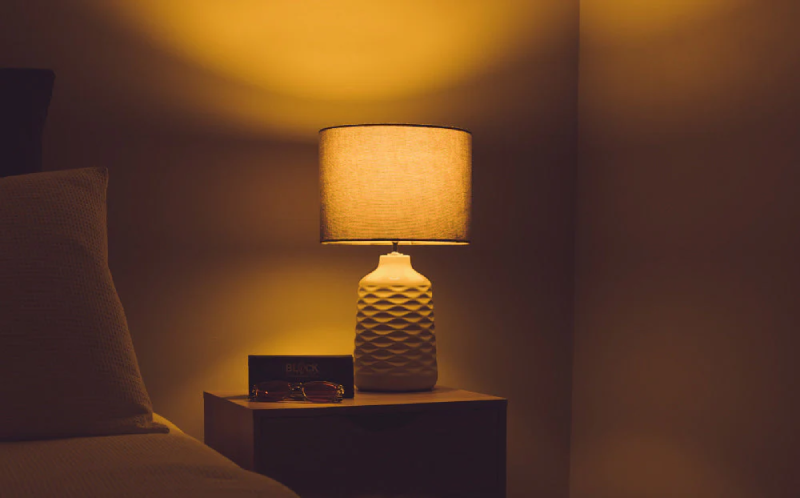
Amber light encourages the secretion of melatonin and makes us feel more at ease. Using amber LED lighting in your home can shield your eyes from damaging blue light while also making it easy for you to fall asleep. Amber light resembles the amber wavelength of candlelight, it’s a very relaxing color that helps you go to sleep fast.
Red light
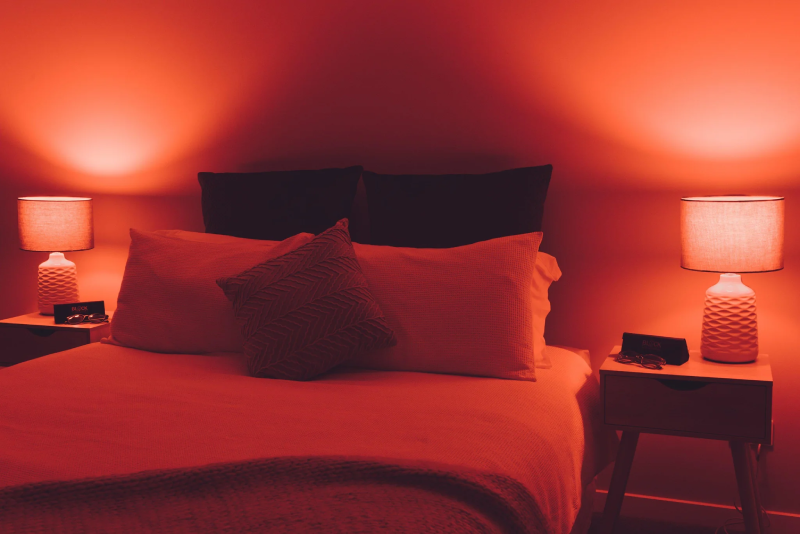
The most relaxing LED light color for sleeping is by far red. Selecting a red LED light for sleep guarantees that you won’t interfere with your circadian rhythm. Therefore, using a red light a few hours before bed will undoubtedly make it easier for you to fall asleep. Moreover, red light is more conducive to falling back asleep throughout the night than blue or green light, if you wake up during the night.
So why is red light the best LED light color for sleep? Due to its longer wavelength (approximately 620–750 nm), red light has a weaker inhibitory effect on melatonin secretion. Blue and green wavelengths between 450–495 nm and 495–570 nm affect melatonin levels negatively which disrupts sleep patterns. Scientific studies demonstrate that our eyes display maximum sensitivity to blue light which makes this wavelength the most powerful factor in disrupting our bodies’ nighttime processes. (Source: Journal of Biophotonics)
What Is the Best Led Color Temperature to Sleep with?
As well as picking various colored LED bulbs you can enhance your interior lighting environment with white LED bulbs that range from warm to cool tones. Warming yellow tone LED lights ranging from 2700K to 3500K work optimally for sleep settings. Blue light emission is lower in these LEDs which reduces the chances of circadian rhythm disruption.
This table provides information about the best LED color temperature levels for diverse sleep-related settings:
|
Color temperature range |
Application area |
Sleep support rating |
|
2700K – 3500K |
Pre-sleep relaxation zone |
9/10 (Most sleep-friendly) |
|
2700K – 3500K |
Bedroom core lighting |
10/10 |
|
4000K – 5000K |
Wake-up zone |
5/10 (May delay melatonin release) |
Selecting the Appropriate LED Light Color for Various Spaces
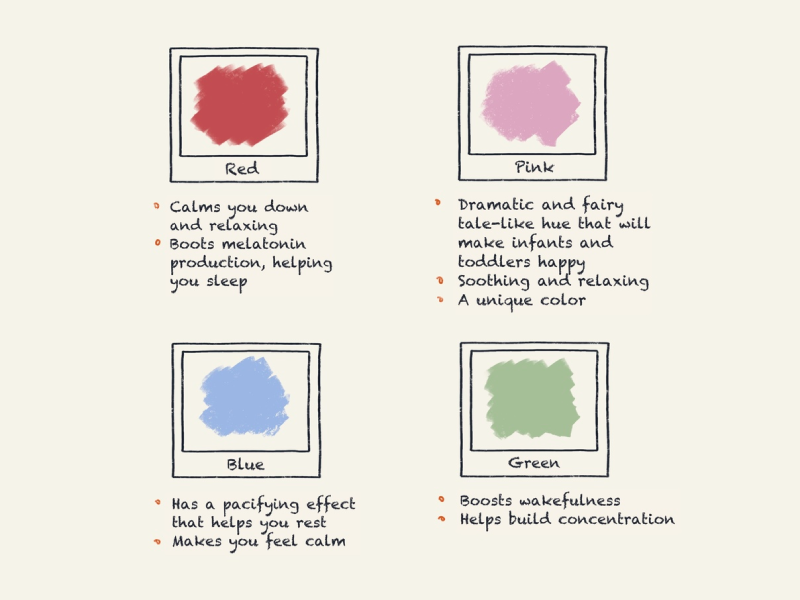
- Bedrooms: Red or amber LED lights are the best LED lights to sleep with. They complement the body’s innate sleep cycles and foster a calming environment that is beneficial to sleep.
- Offices and living rooms: Although not the best places to sleep, employing lighting with programmable color temperatures can facilitate the change from an active to a restful state. An amber light in the evening can help the body get ready for sleep.
- Children and Babies room: Soft red, amber, or pink night lights are advised for infants and children since they encourage relaxation without upsetting the sleep-wake cycle.
- Wakefulness: In the morning, brighter lights like white and bright blue can be employed to promote alertness and let the body know it’s time to wake up.
To adapt LED lighting to different occasions, RGB LED lights are an excellent choice. These color changing light bulbs/strips achieve many colors through their combination of red, green and blue primary colors. The best lighting to sleep in consists of adjustable color temperature LED lights which let you control the white lighting spectrum to match different activities.
Frequently Asked Questions
Is the Blue Light in LED Bad for Our Eyes?
When exposed to high levels of blue light people experience disturbed color vision and it creates glare issues. However, the blue light emitted by LED lights, especially those used in households, generally does not reach levels harmful to the eyes.
What Color LED Is the Brightest?
At the same brightness level, the human eye is naturally more sensitive to short-wavelength colors, such as blue. As a result, cool-toned light tends to appear slightly brighter.
Where to Use Warm Light vs Cool Light?
People prefer using warm-toned white light in residential areas to produce a relaxing environment. The usage of cool light becomes necessary in settings which need both alertness and visual clarity such as workplace environments and stations.
Conclusion
It is essential to understand the relationship between light and sleep to form an environment that promotes sleep. Choosing the right LED light color, such as a red light bulb for sleep, can greatly improve the quality of your sleep.
Stay lighted with the newest LED technology with Casyoo. Come together with us now and let Casyoo lights illuminate your room!
